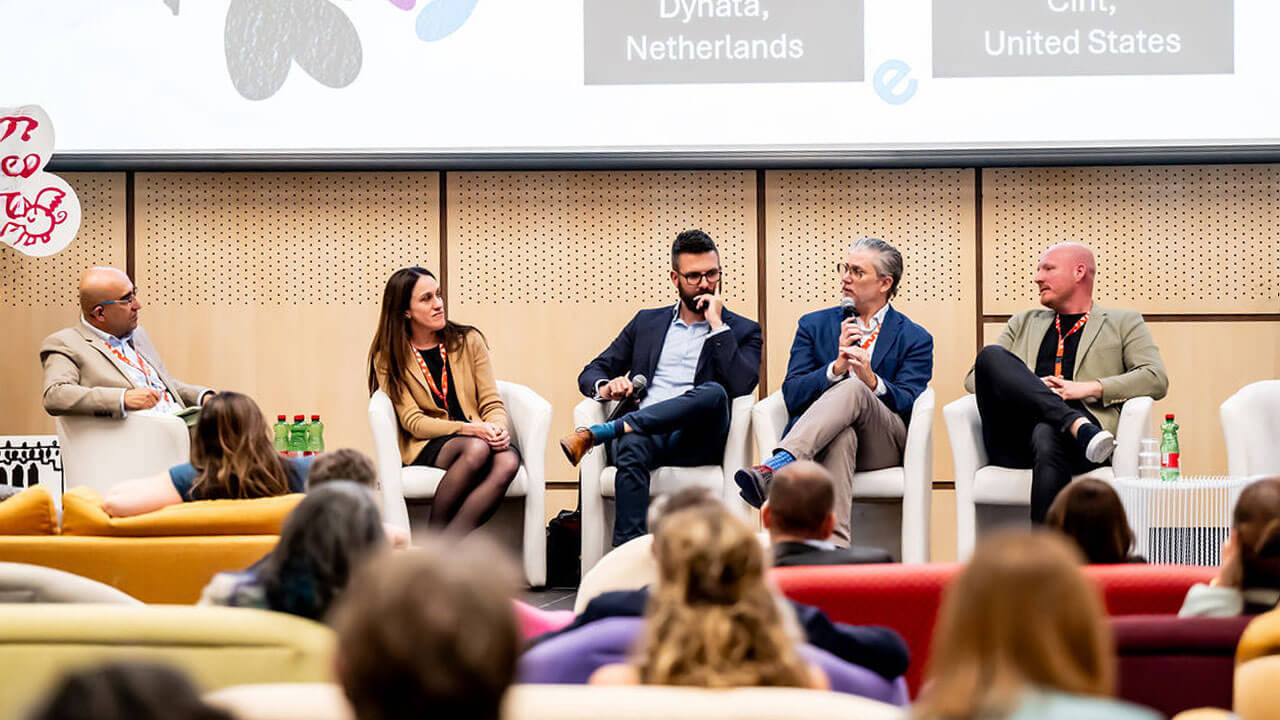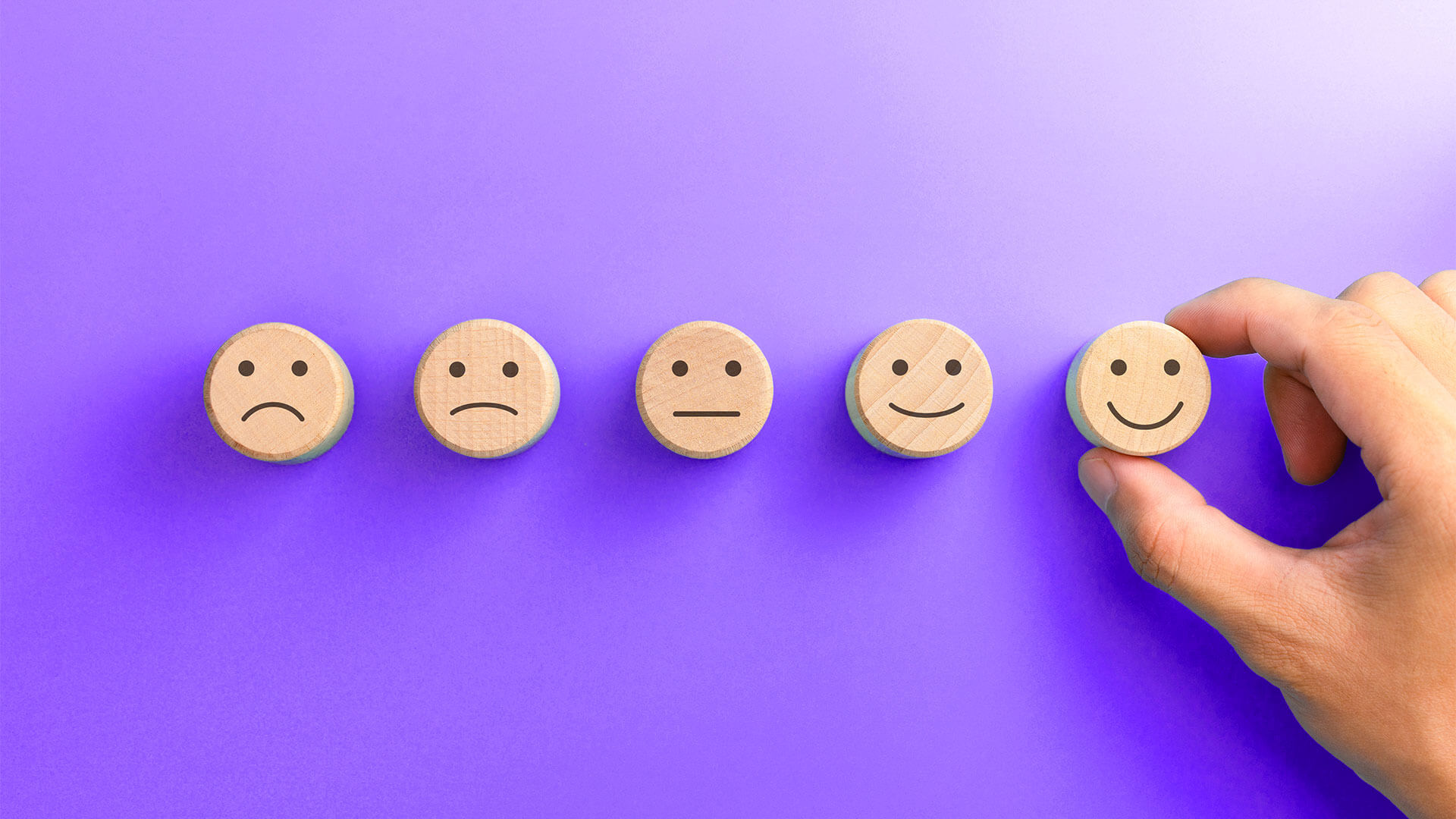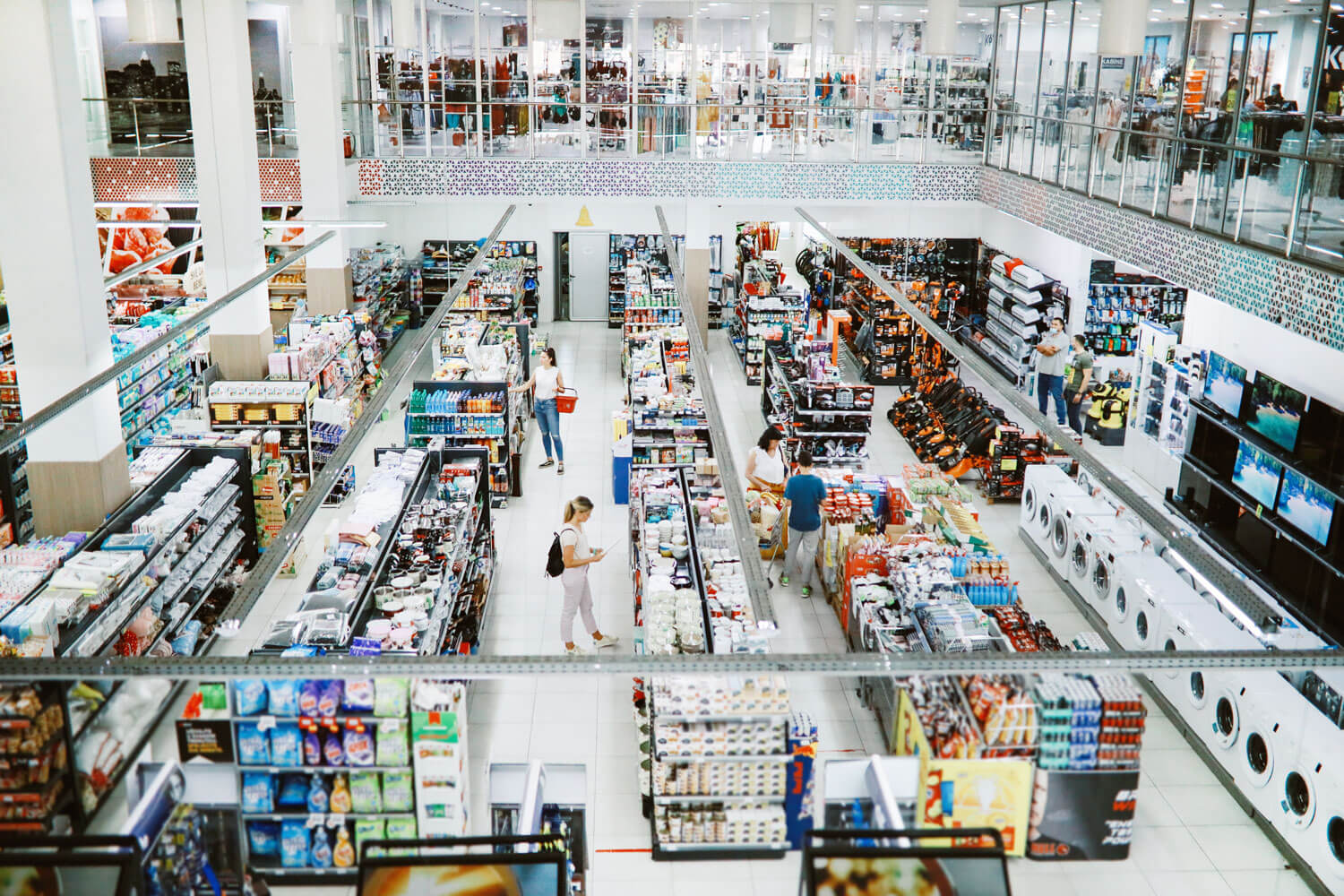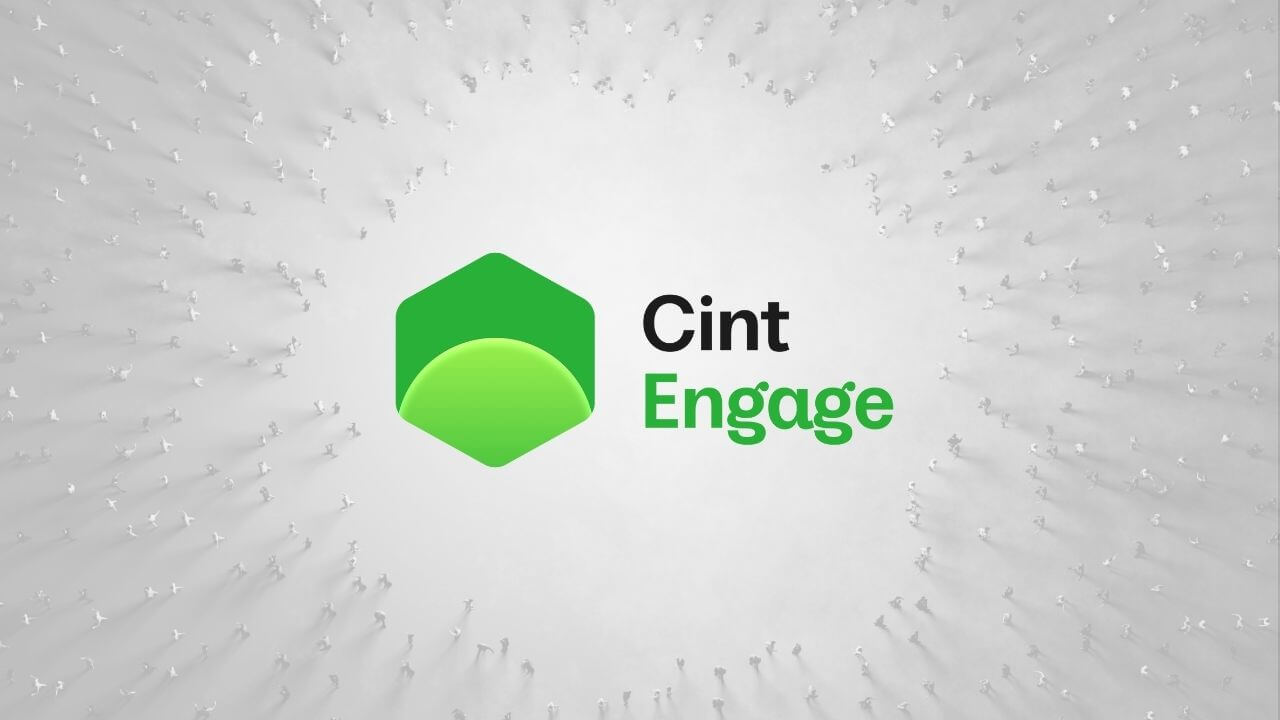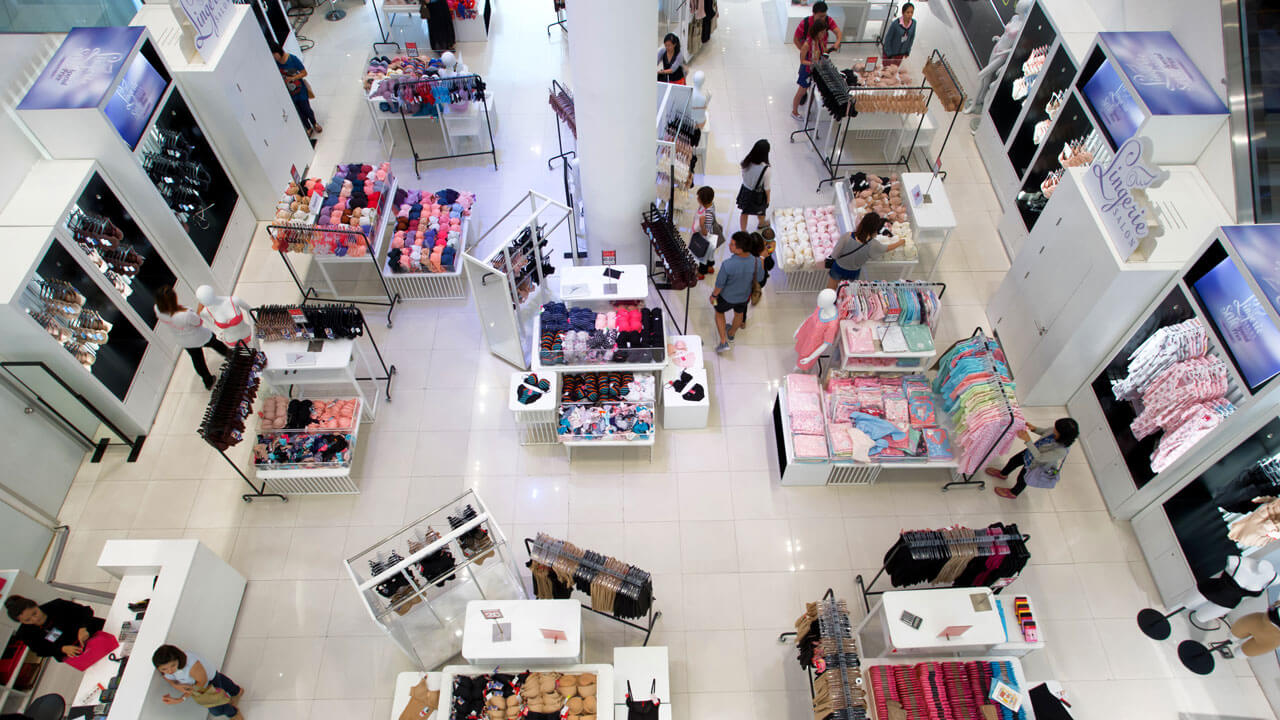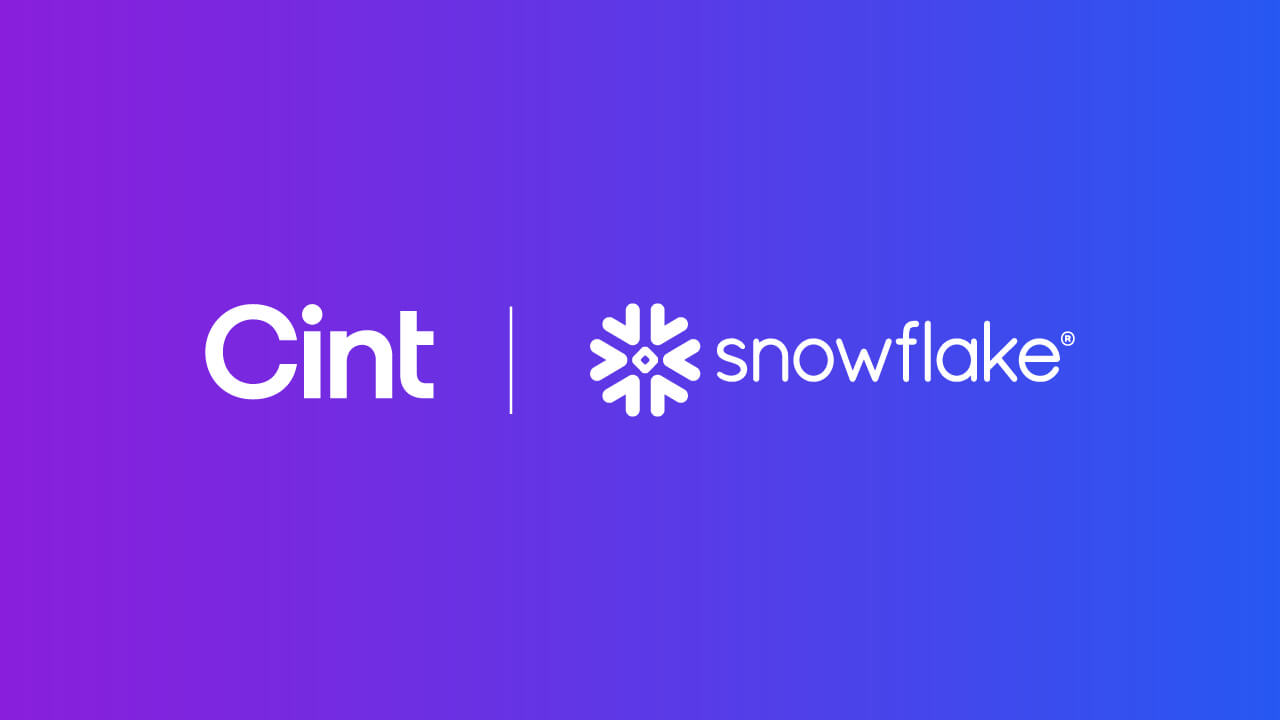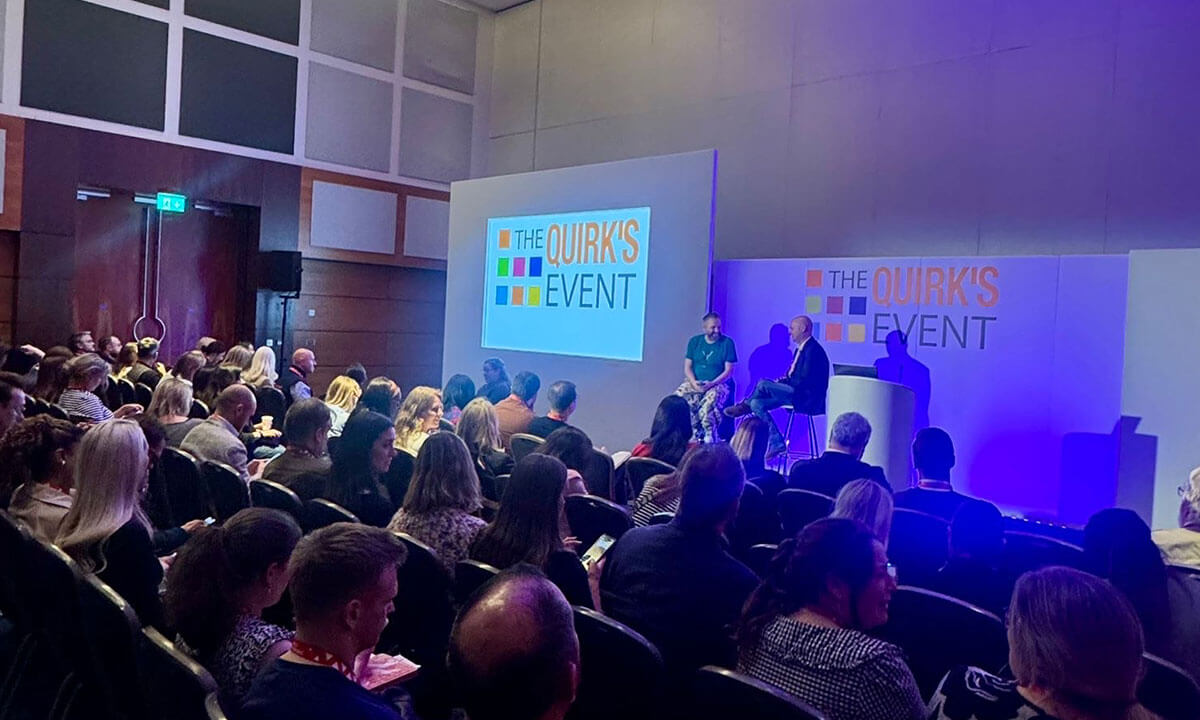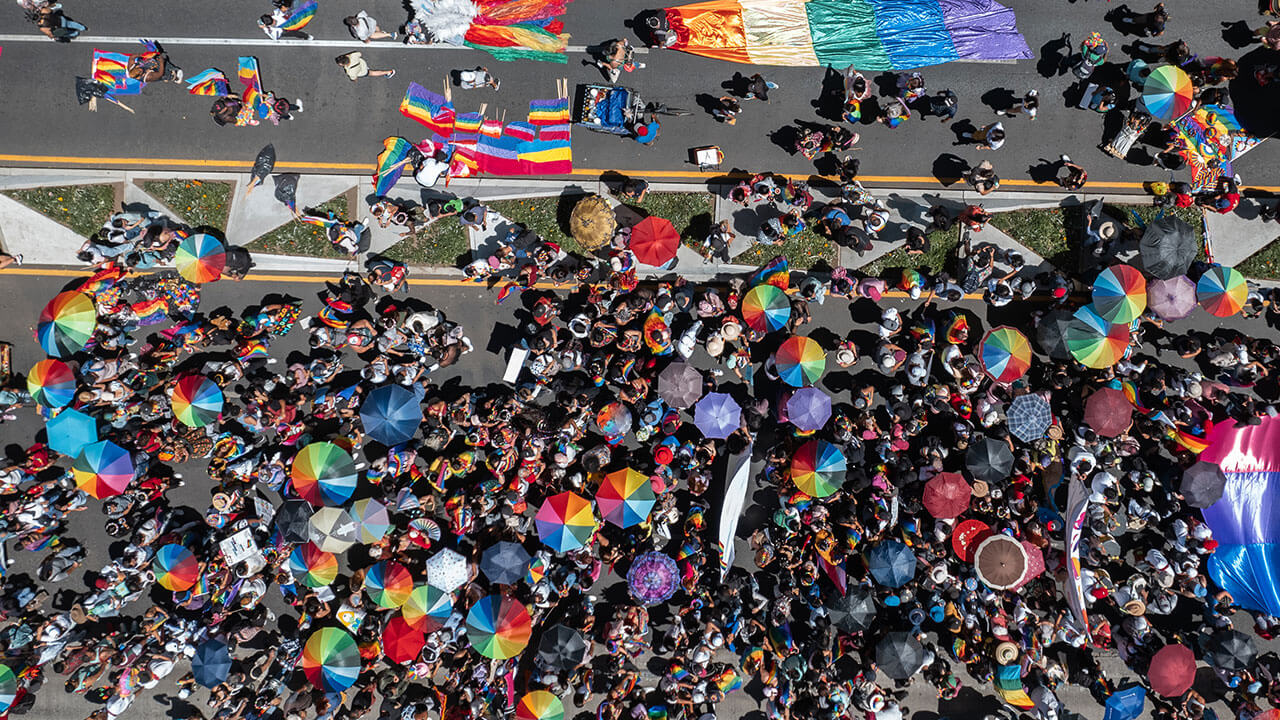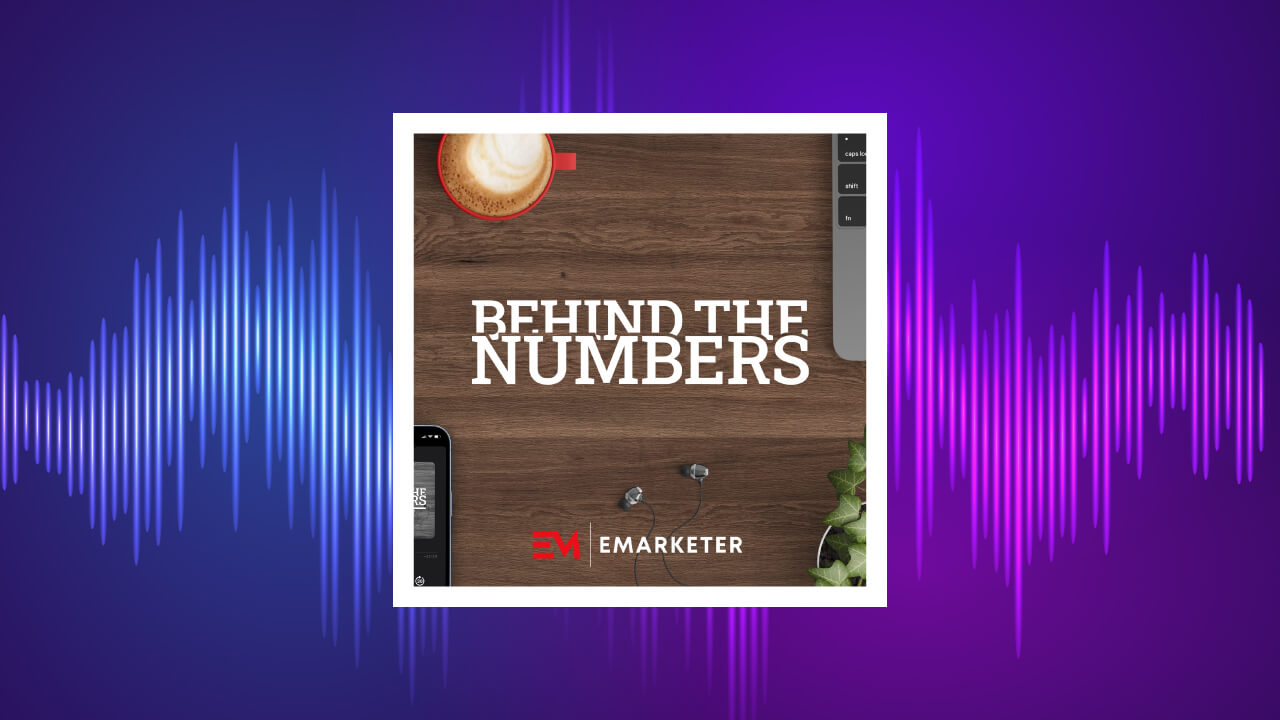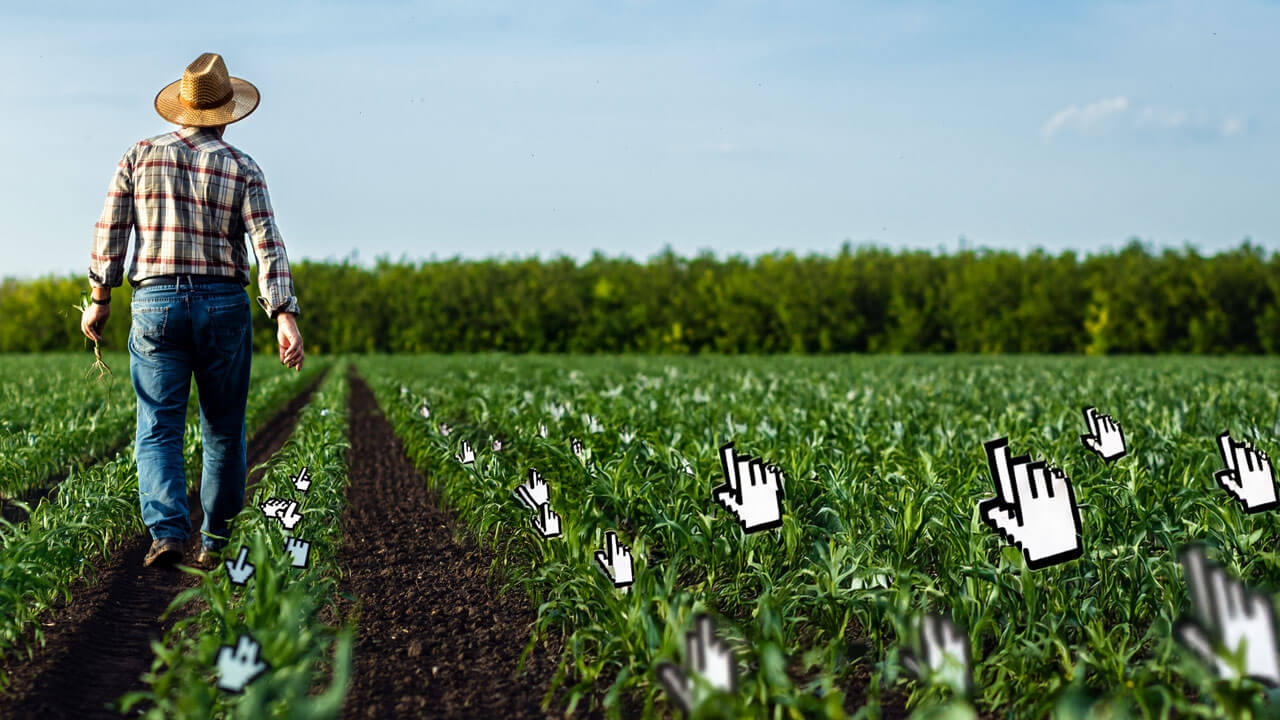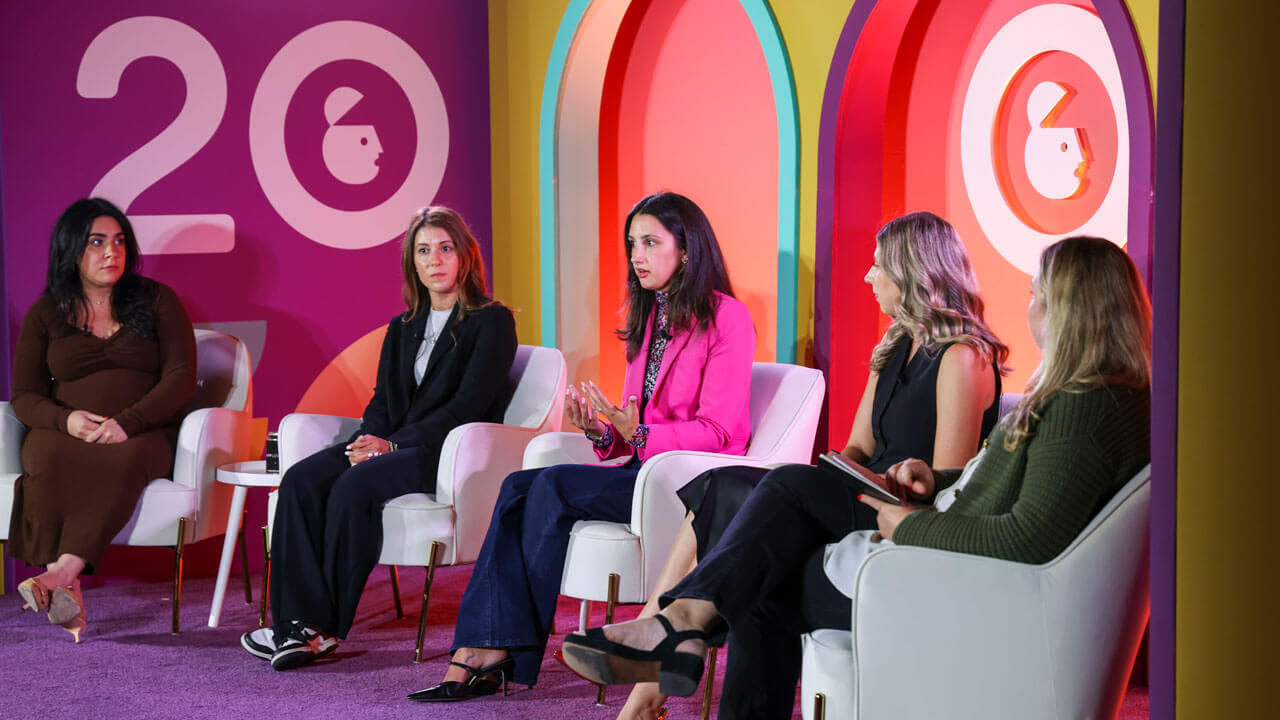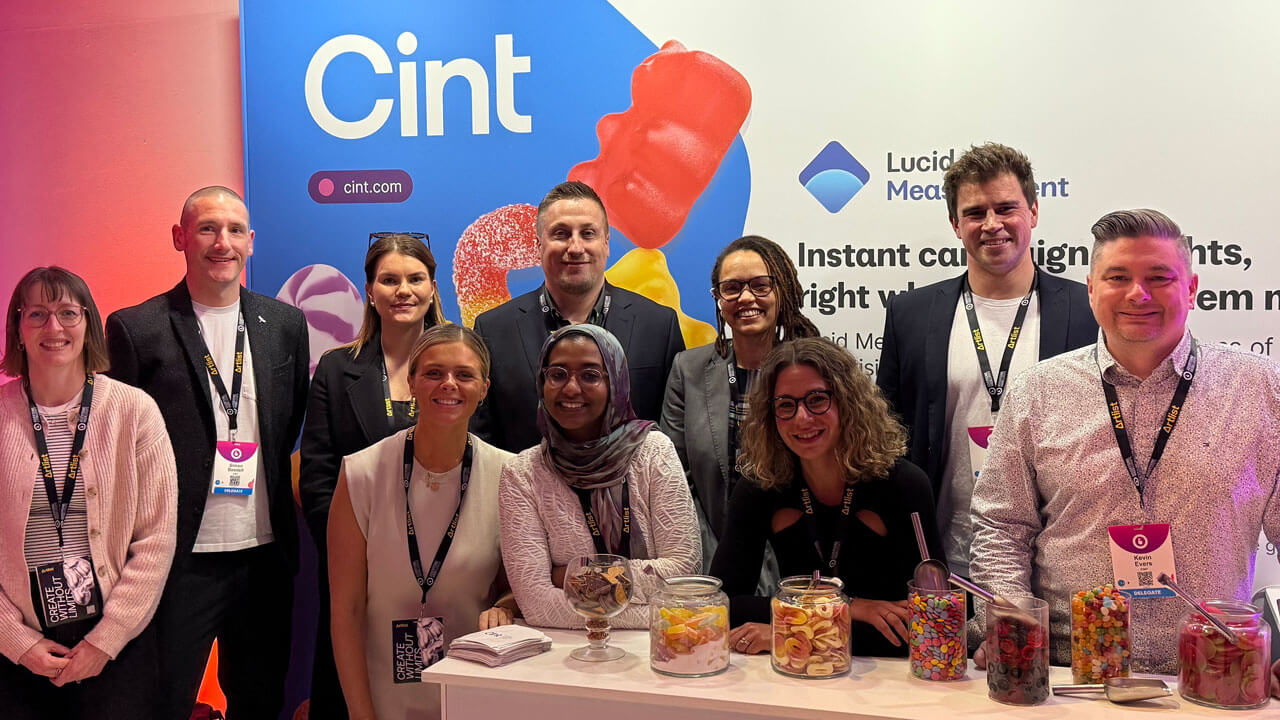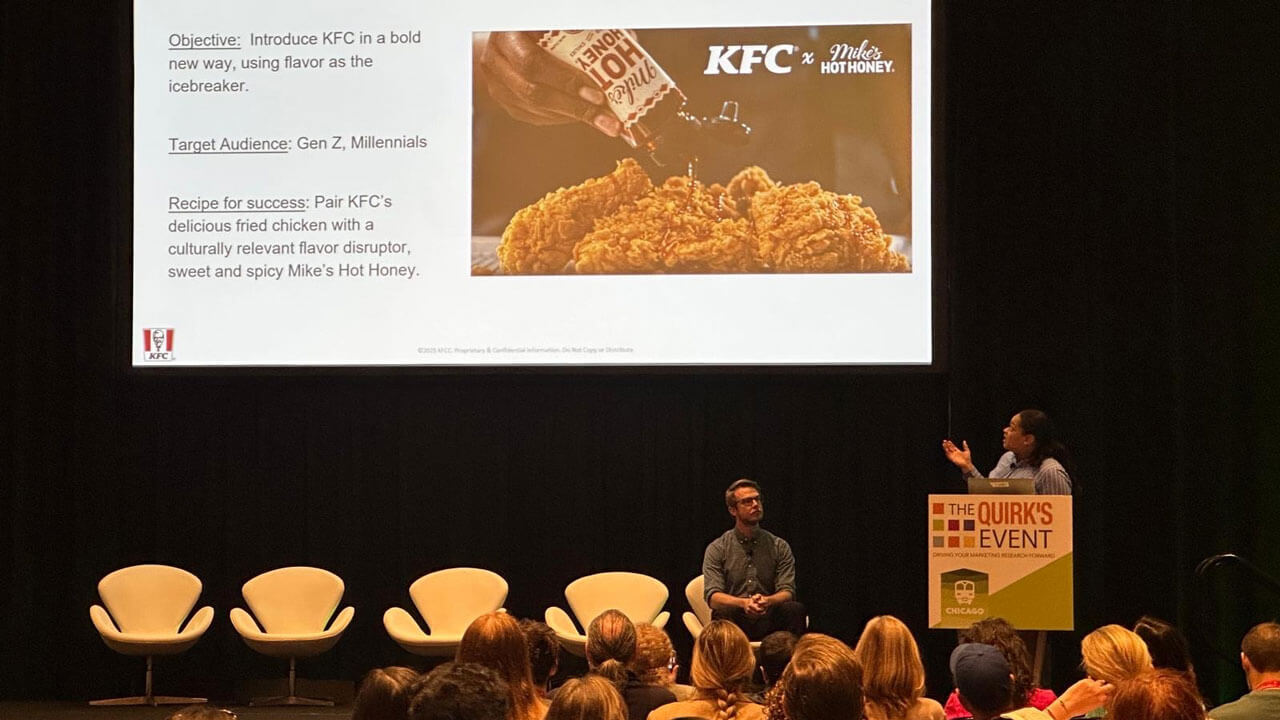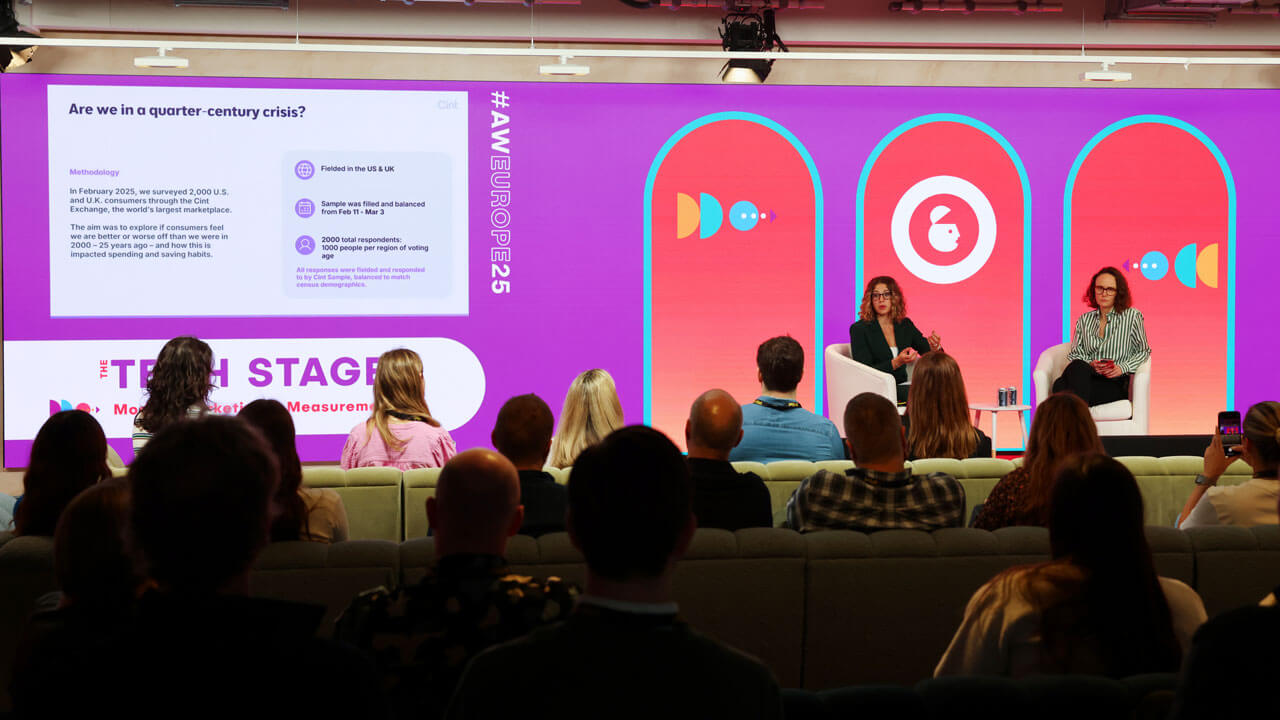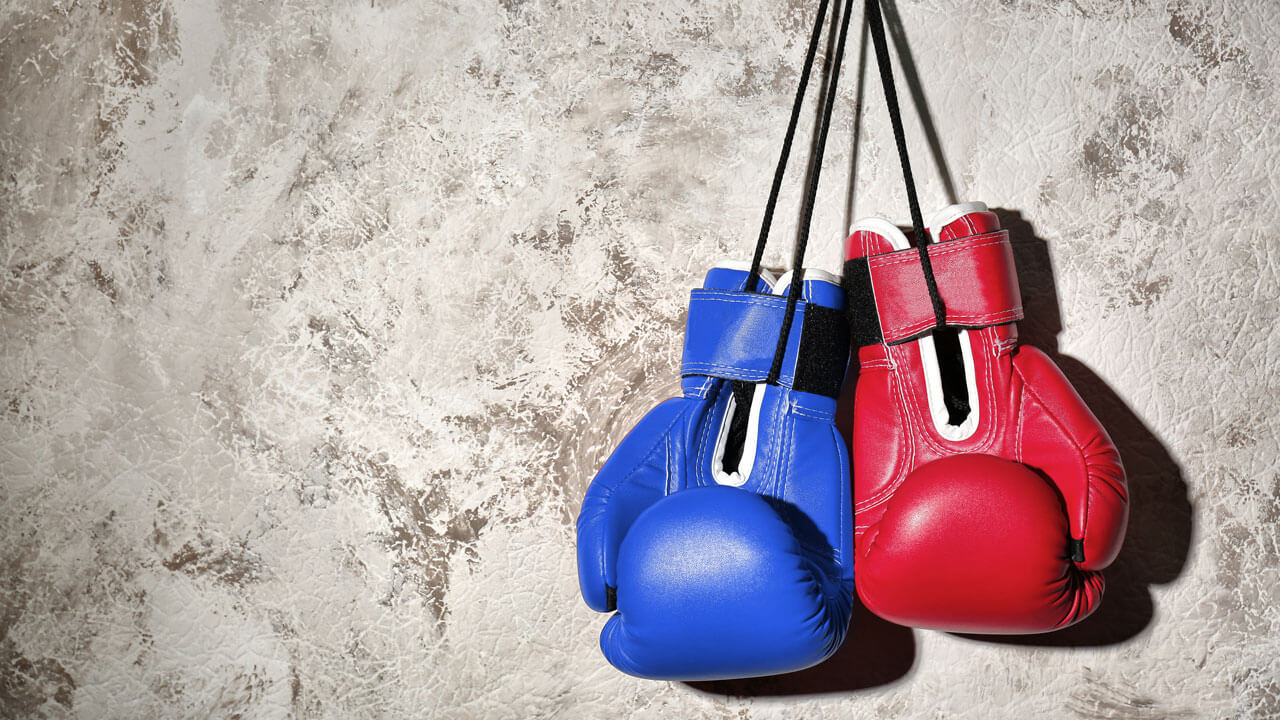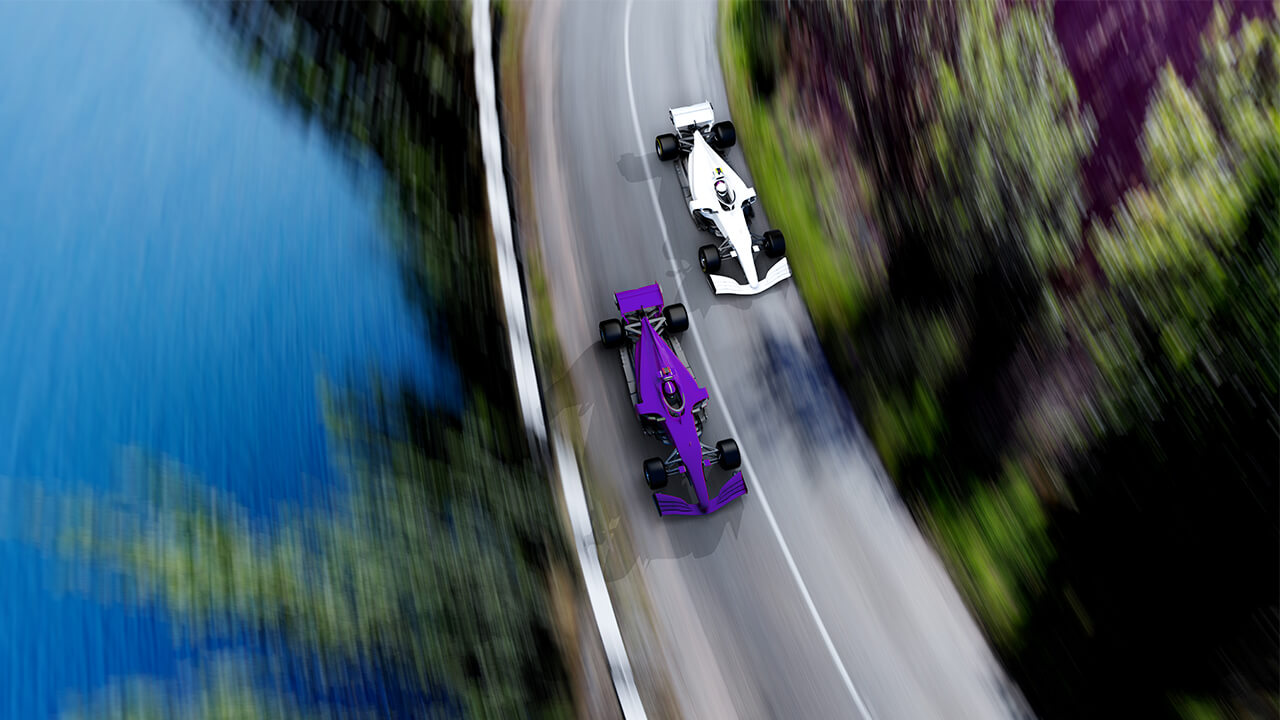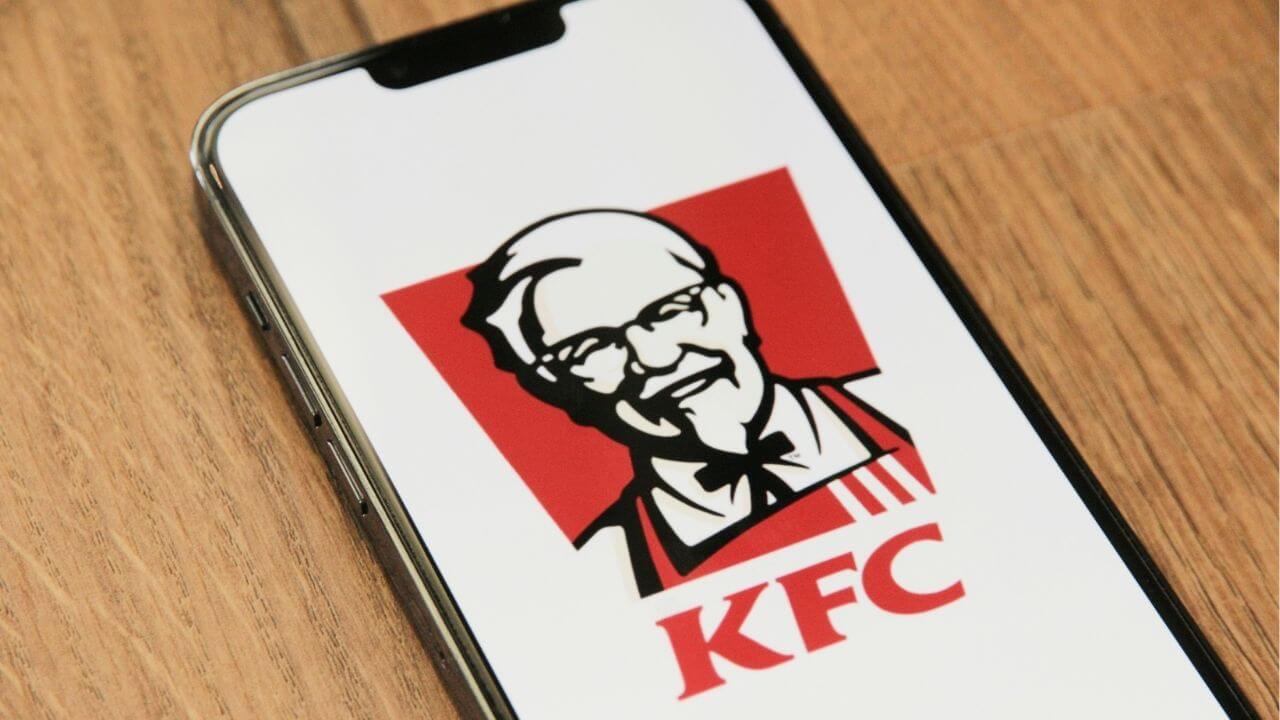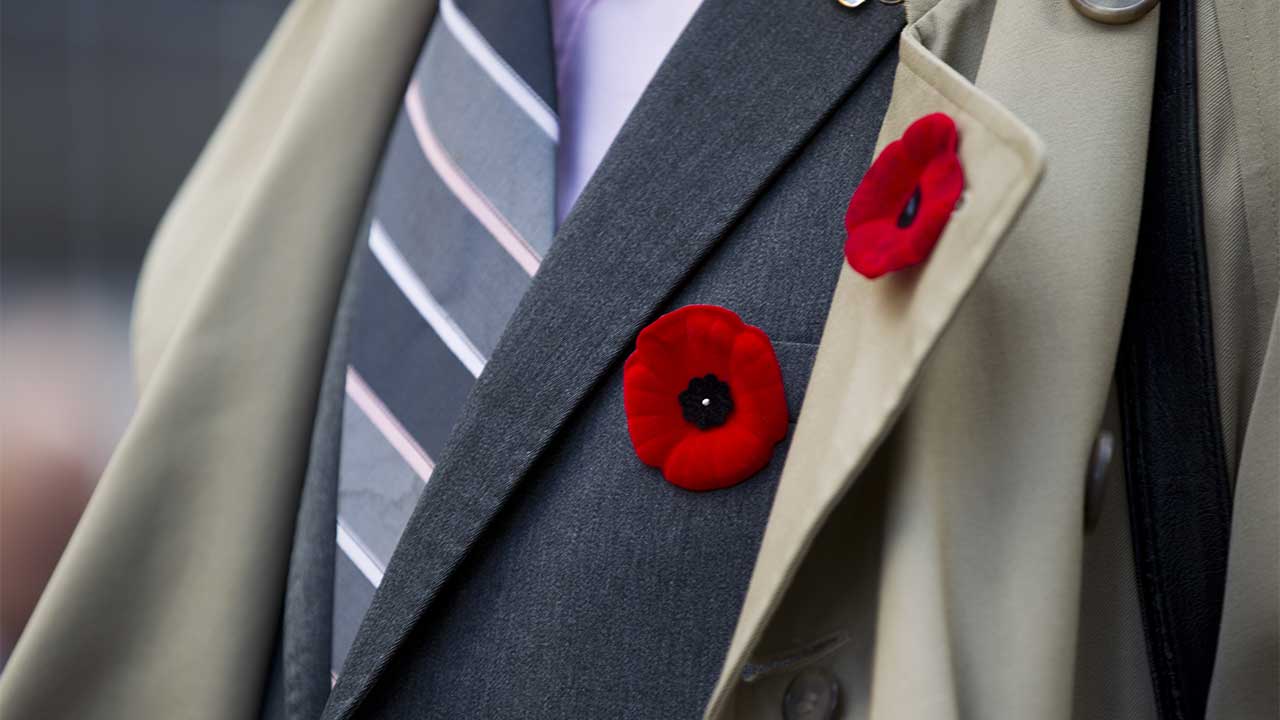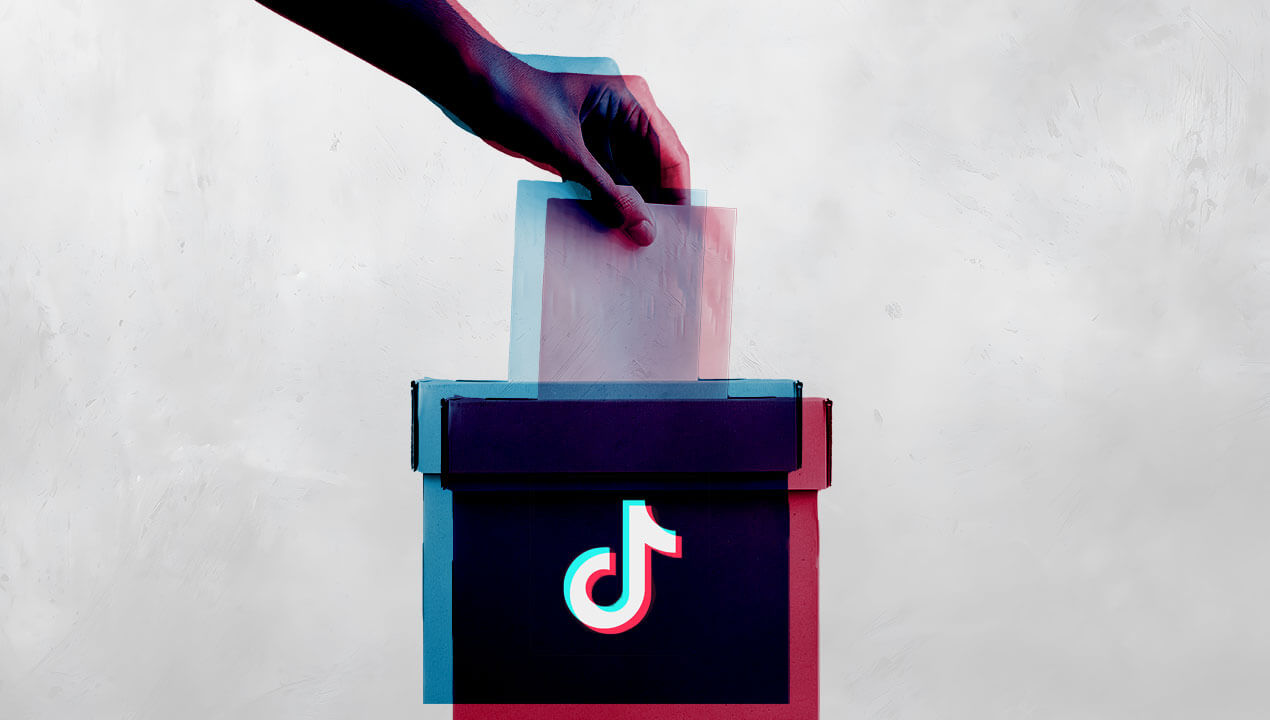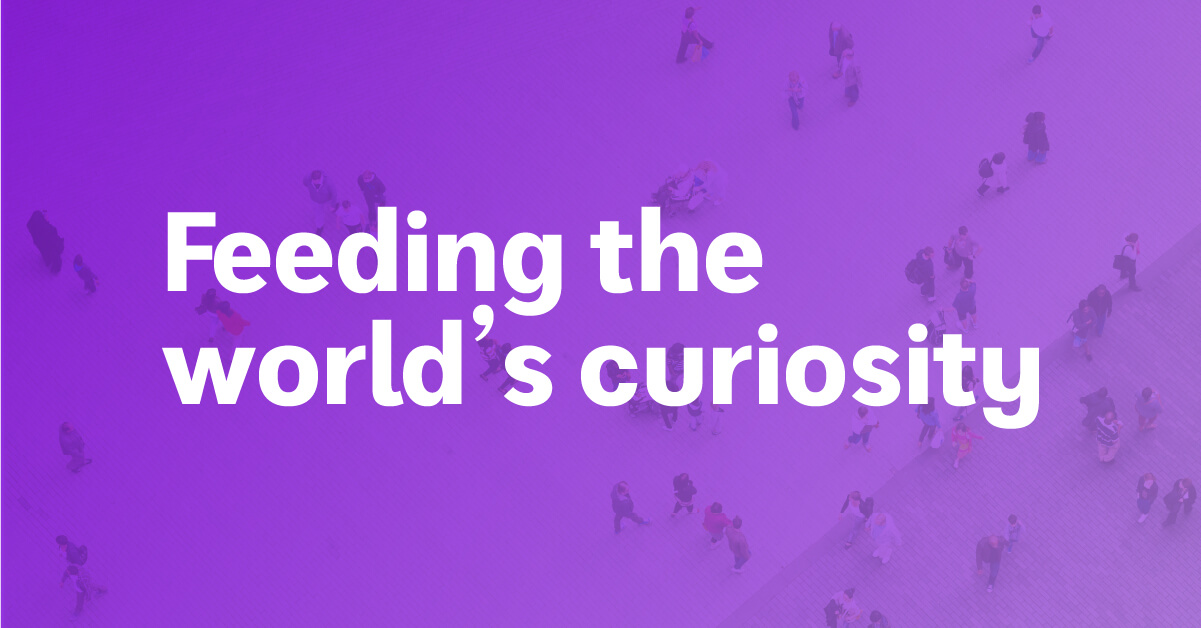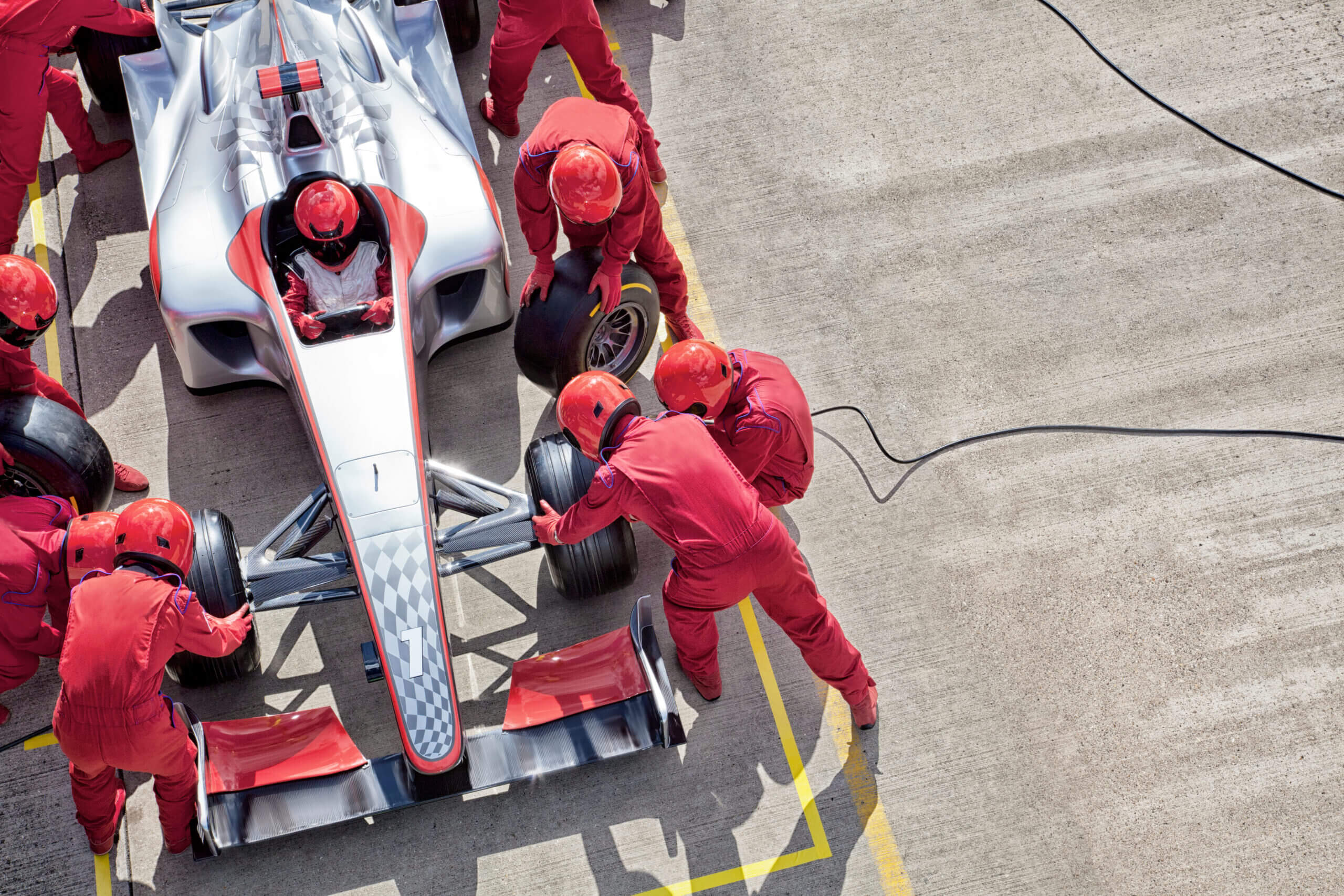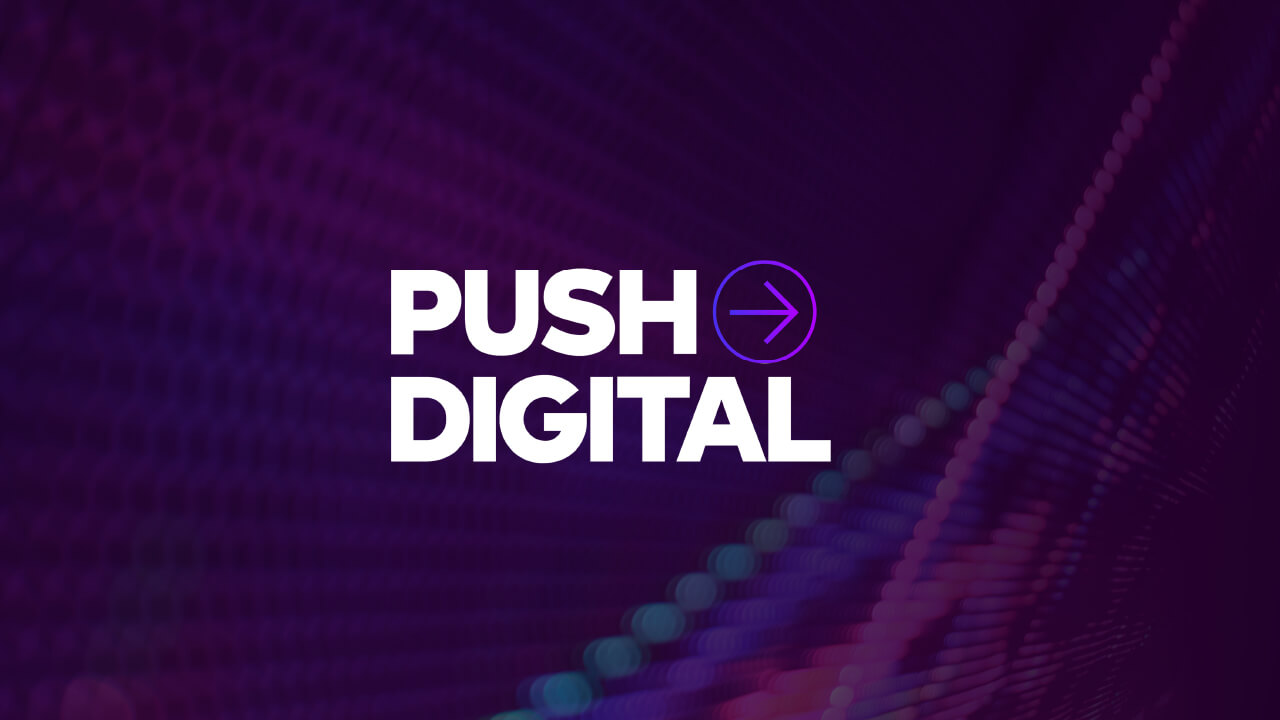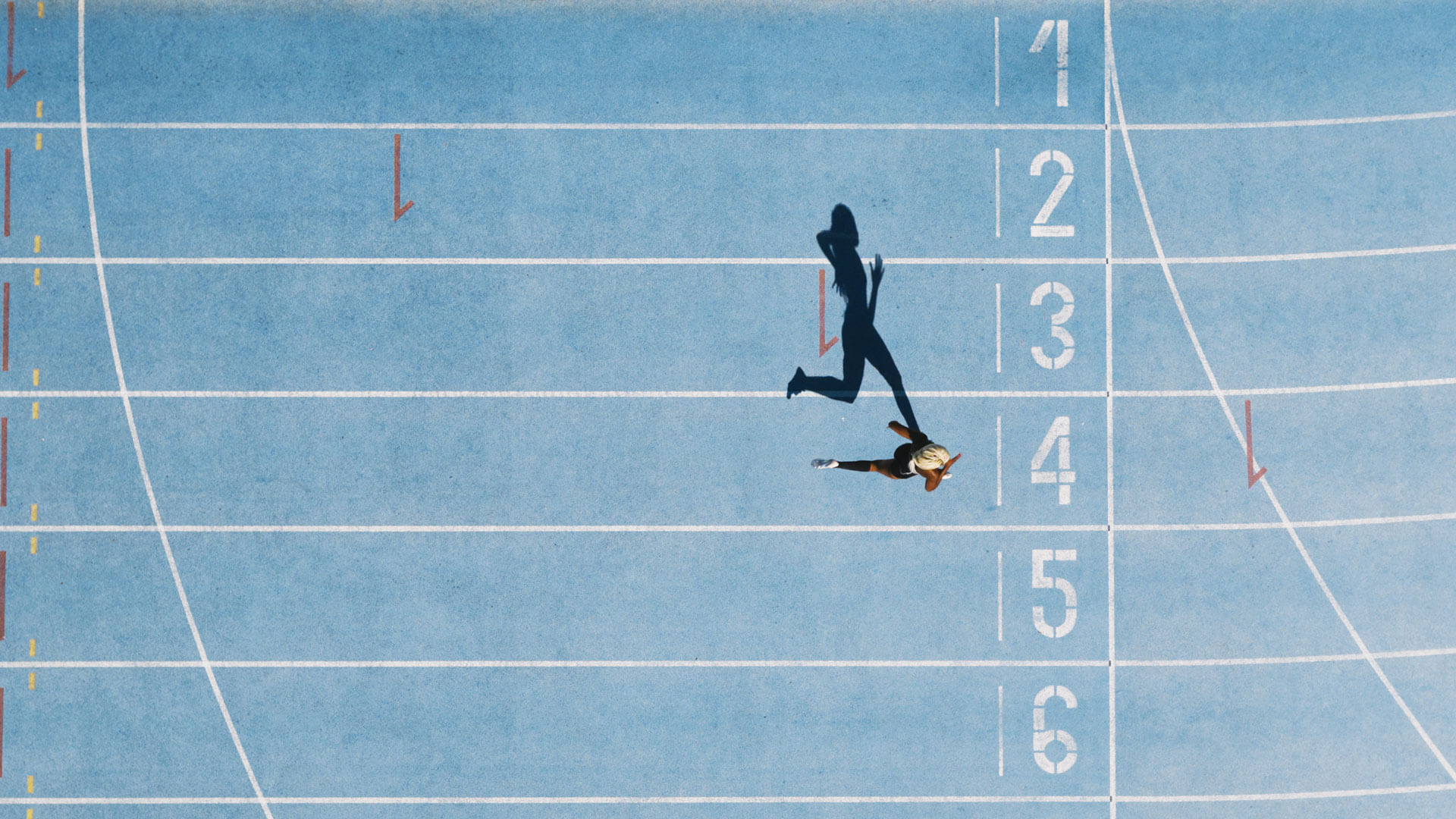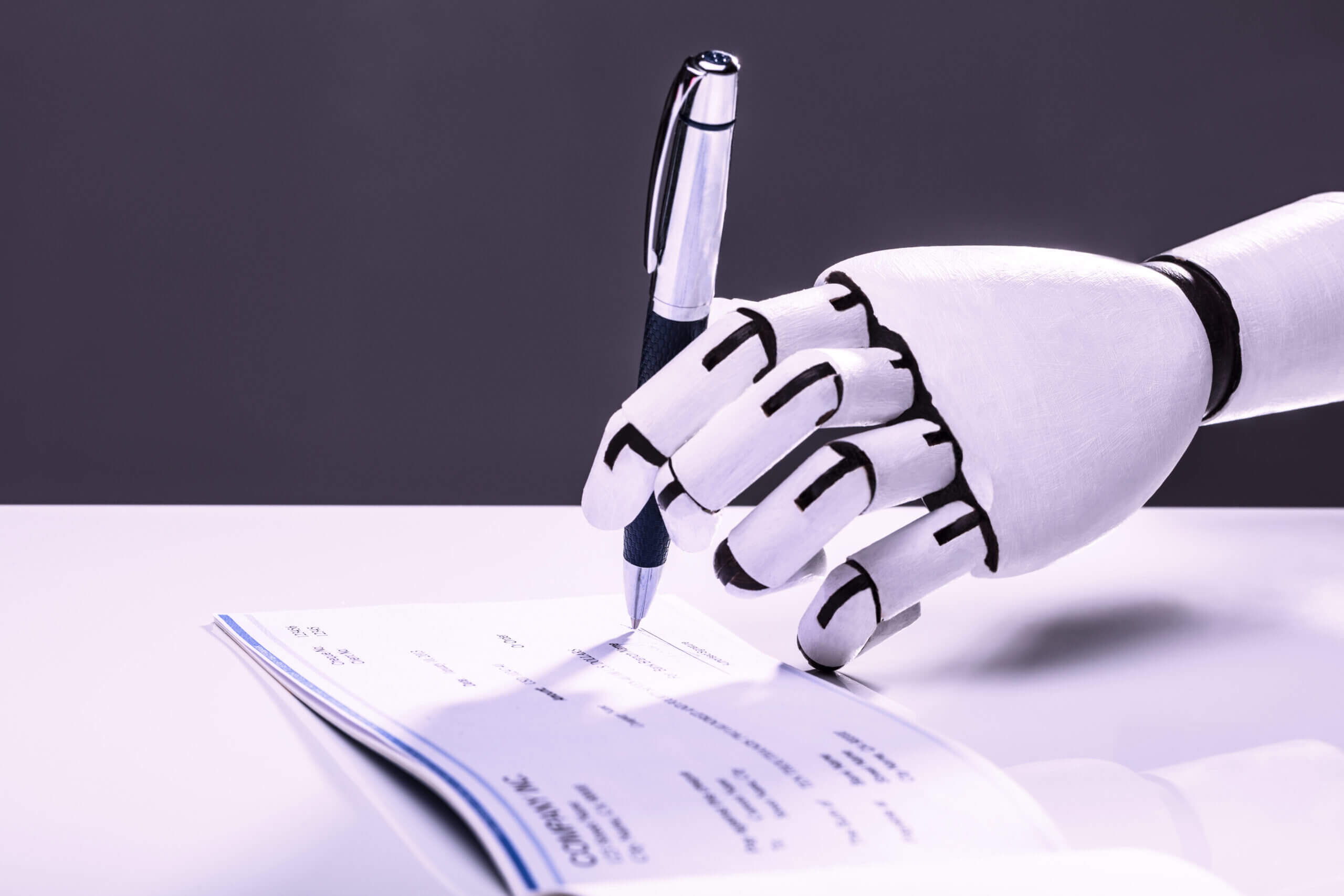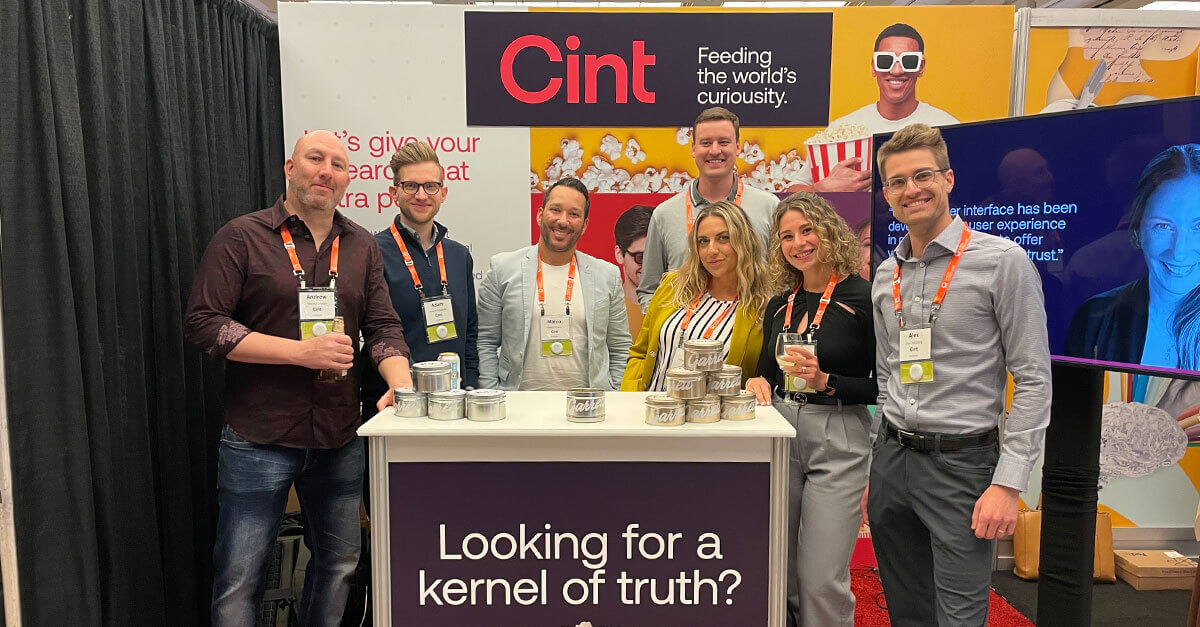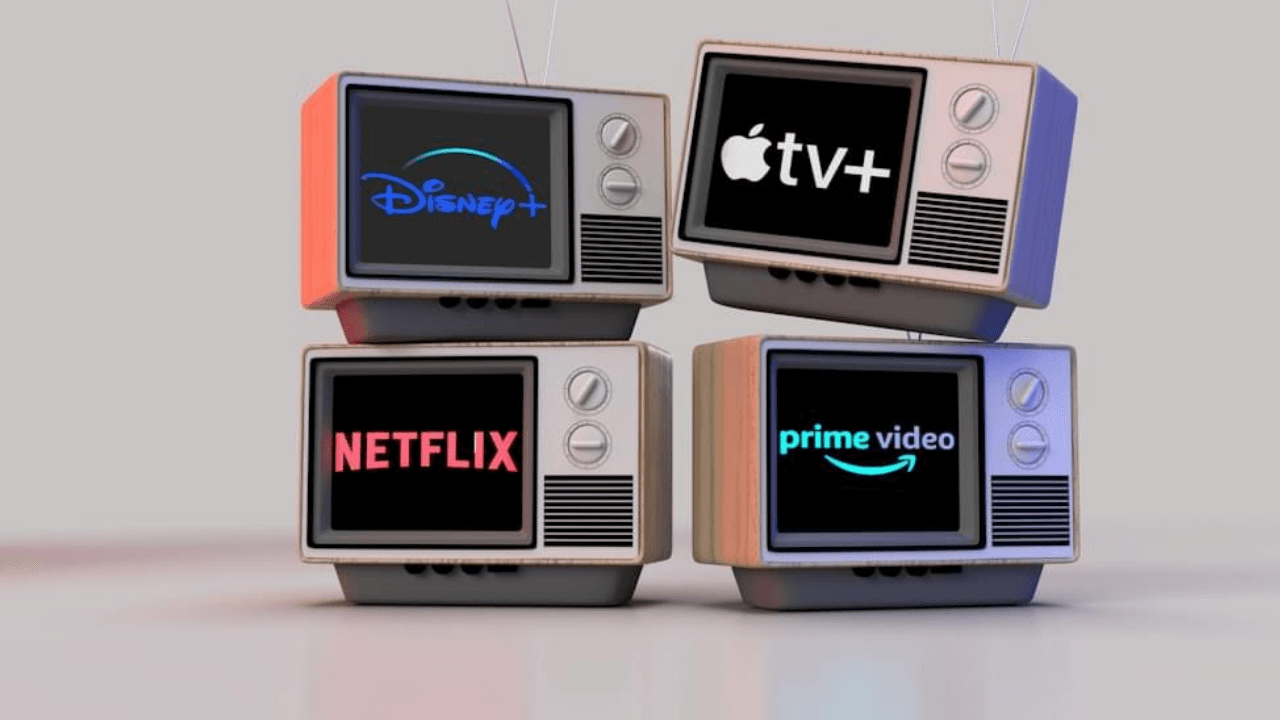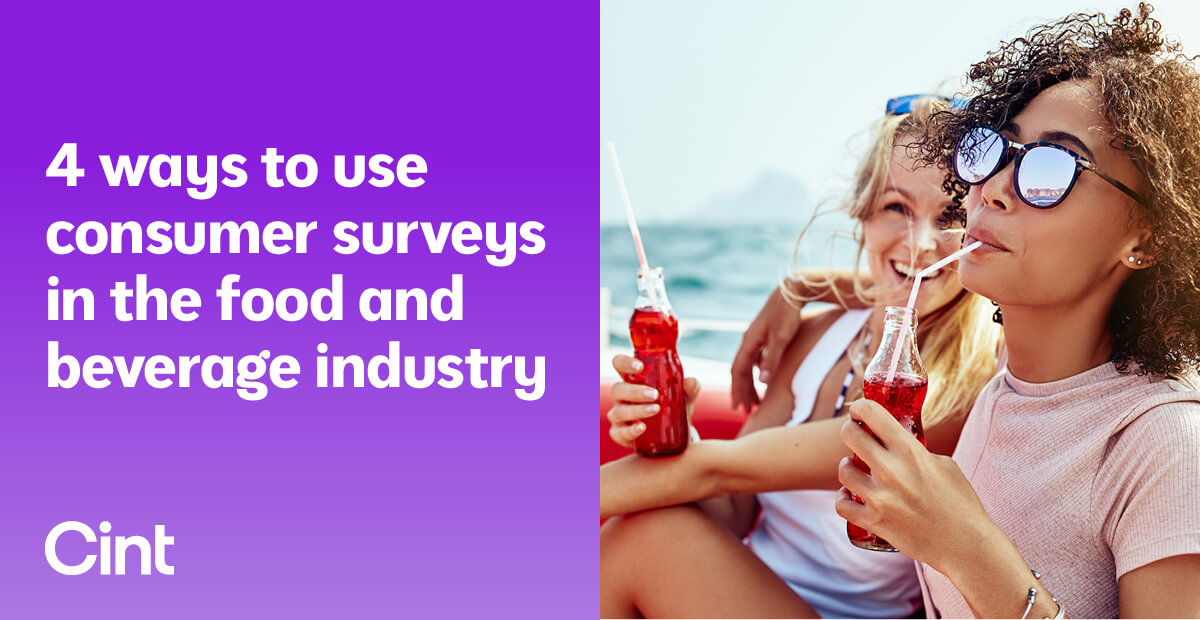
Surveys are powerful information sources across industries and organizations. With the data pulled from customer surveys, departments can drive actions and initiatives that better reflect audiences and market conditions. The food and beverage industry can benefit from using surveys in several applications to gain more information and knowledge about their organization, products, customers and market.
1. Market research
Food and beverage market research gives your organization insight into various market conditions, so you can better understand how your products, company and marketing materials fit. Your teams can get a more generalized view of the entire market or narrow in on specific aspects to drive more tailored advertising campaigns and product launches.
Some survey data you can collect with beverage and food industry market research include:
- Competitive position: Your industry’s market description data can give you an overview of your product’s place within it. Survey information can report potential market growth, showing how interest and demand might improve, so you can plan accordingly with your products and advertising materials. You can also use this data to understand your competitive position, which is essential in an industry with many products and organizations. These survey responses can ensure your organization understands its place in the industry and among competitors.
- Market segmentation: This survey and data type will help you better understand your target audience. You can use this information to ensure you create products and content that meet the expectations of those who buy your product. Because the food and beverage industry can reach many people, segmentation allows you to break up your audiences into different groups, so you can better understand their needs, wants and motivations for stronger content.
- Customer journey and funnel tracking: While understanding your potential and existing audiences is essential, customers go through several stages between interest and purchase. Survey data can help you identify where your customers fall along the marketing funnel, showing where you might gain and lose the most customers.
Your market research for the food and beverage industry can help you understand how your organization and products fit into the sector and with your customers. With many audiences and competing companies, this data is essential for developing strategies to drive more success toward your goals.
2. Customer experience

While market research looks more generally at your customers and how they interact with your brand, customer experience surveys can provide more depth into who your customers are and what makes them choose your product over other foods and beverages.
This information will look at your product from the customer’s perspective, providing a different lens through which you can understand and perfect your products.
Some data you might collect about customers from surveys include:
- Defining customer behaviors and attributes: In a competitive industry, your organization must understand what makes customers choose your product over others. This survey type might ask customers to outline in what situations they’d seek out your products or how frequently they buy your food or beverage.
- Understanding customer loyalty and retention: People always have their favorite foods and drinks, creating loyal customers who continue to choose your products over your competition’s, even if they’re similar. This research and data will outline what your customers love about your products, creating unique selling points your marketing teams can use to attract new customers within segments.
- Comparing customer expectations with marketing materials: Your marketing teams design products, advertisements and content to illicit specific responses and emotions from your target audience. However, customers might have a different experience and perception of your branding materials. Customer experience data can better align your interests with what customers want from you and what they’re already experiencing.
Your customers can help your organization determine what your products and efforts look like to the average person, allowing you to identify what’s working and what might need adjusting.
3. Product surveys
Food and beverage products have unique considerations in design and market settings. Instead of just implementing appealing visual and tactile elements, you must create a taste and smell your audience will love and that matches their expectations.
Some information you can receive from product surveys include the following:
- Audience perception of new ideas and products: Many organizations host focus groups when brainstorming new ideas for marketing campaigns and products. It helps teams support consumer needs and expectations by implementing changes before they become too expensive. Your teams can also accomplish this with surveys, asking customers and others within your audience segments how they feel about ideas, products and ads.
- Analysis of product use and perception: You can use surveys to understand how exactly your customers use your products. While food and beverage industries might limit the applications to eating and drinking, you can use this survey type to determine when and where your customers choose and use your products. You can discover more patterns about your customers to better meet their real needs and expectations.
- Product satisfaction levels: Your product’s appearance, advertisements, packaging and brand perception all give your customers specific expectations. Likewise, your organization develops these aspects to compel customers to feel a particular way before, during and after interacting with your brand and product. This survey and data type can identify if your product matches customer expectations, allowing you to adjust various elements to better meet their needs for improved product satisfaction.
While these are only a few examples of the information you can receive from product surveys, their nature allows you to learn about several topics for diverse datasets. For example, you can also determine ideal pricing based on customer responses and industry research.
4. Brand surveys
Your brand perception and awareness can help strengthen your products and their performance. In the food and beverage industry, your brand can help identify and secure your target audience by appealing to specific lifestyles and outcomes. Your surveys can ensure you are keeping a pulse on your consumers’ perception of your brand for stronger marketing materials and campaigns.
For example, your brand surveys can measure:
- Brand awareness and associations.
- Brand quality.
- Brand loyalty.
- Advertisement associations, including feelings and values.
- Marketing material and campaign effectiveness.
Brand surveys help you understand how your branding impacts customer relationships and product performance. With this data, your marketing teams can drive stronger campaigns and materials that support your organization’s initiatives.

Get valuable insights with Cint
When you want to leverage the power of survey data, you need access to an expansive market of survey respondents. Cint offers a comprehensive suite of solutions that help organizations across industries connect with survey respondents and data to increase procurement efficiency and size.
With Cint, you can connect with target audiences from any industry, allowing food and beverage companies to find their potential and existing customers. Get started with Cint today to unlock the applications and benefits of survey data.

